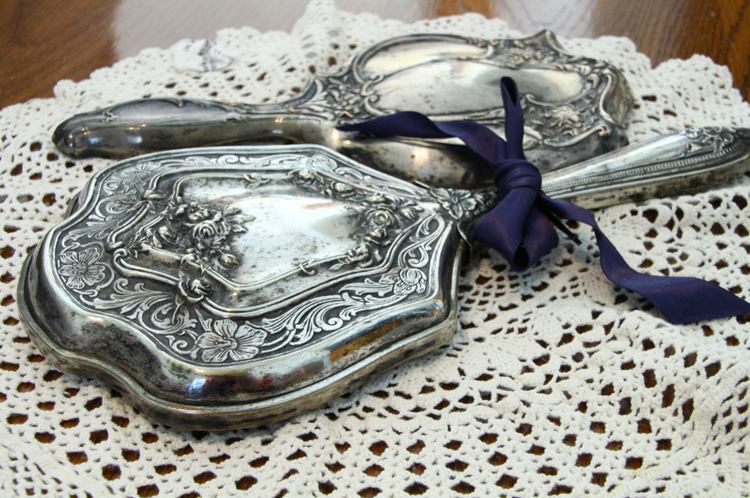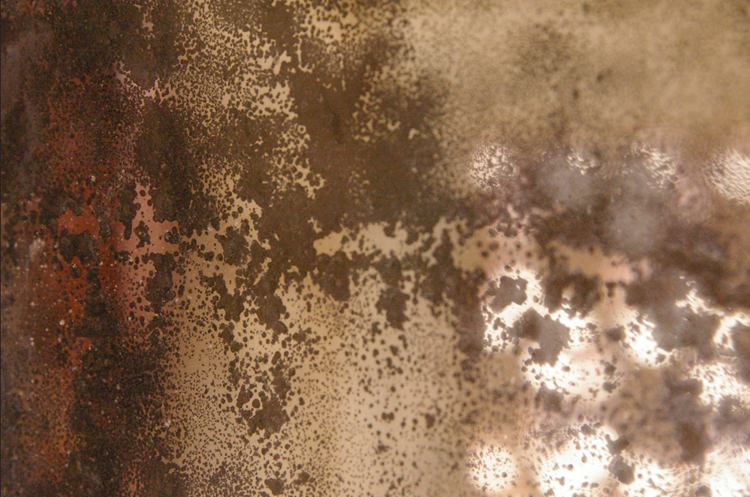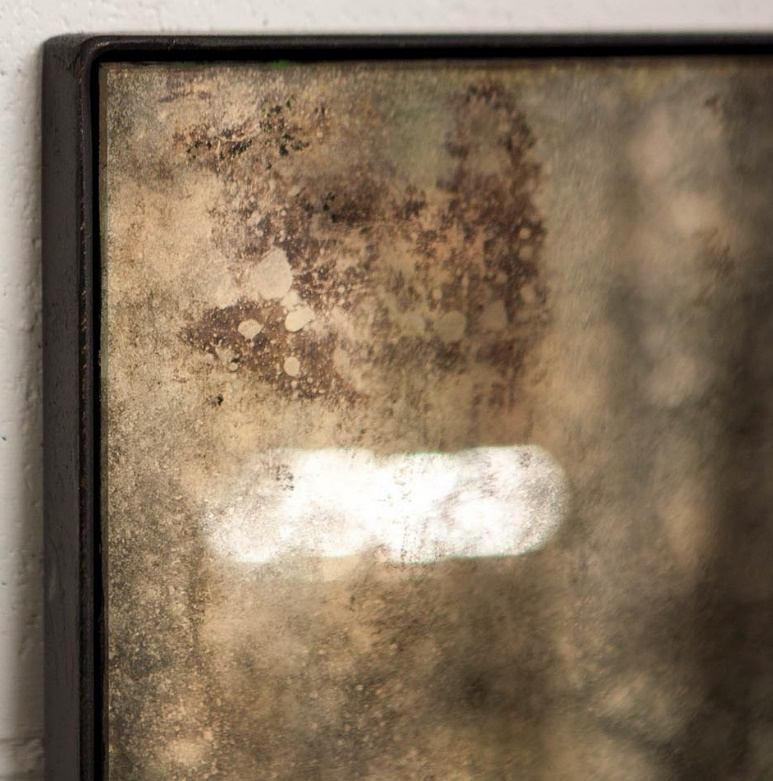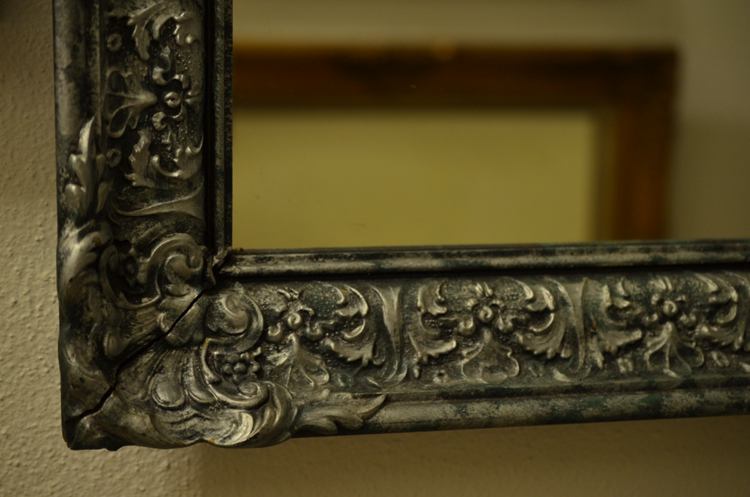Antiques can explicitly induce further décor to the room without question. And almost everybody gets fascinated about antique mirrors to feature history, style & elegance. But finding a match to vintage mirrors remains one of the most difficult tasks.
Housing a completely new glass inside an old-looking frame doesn’t make the combo antique. Likewise, you’ll have to deal with reproduction mimics to resemble a vintage look. Stick with the comprehensive guides on antique mirror identification for value.

Table of Contents
How to Confirm a Mirror’s Antiquity
It’s possible to encounter reproduction or modern designs with an antique look in any store. Even some well-established sellers often get busted over frauds or scams. Therefore, you must keep everything essential in mind for a successful purchase.
- Examining the Glass Closely – Mirror glass holds the most important clue to determine its overall antiquity. Modern sheet glasses are incredibly smooth with no surface bubbles or imperfections. Advanced manufacturing machinery pays maximum attention to eliminate the slightest flaw.
However, the process stood pretty different in older times. Guaranteed imperfections adorned the design, clearly or slightly visible. You must check the glass thoroughly to detect the flaws on purchase. But small surface waves or slight bubbles remain the most overlooked feature in vintage mirrors.
Not to mention, deceiving sellers may generate defective glasses to confuse you. It often gets impossible to differentiate modern defects from antique imperfections. Therefore, glass imperfection isn’t exactly the ultimate confirmation of its antiquity. You’ll have to keep looking for other special features.
- Limited Frame Dimension – Early mirrors primarily featured smaller dimensions, particularly the length. As it happens, you’re likely to find mirrors to have a less than 2’ – 3’ length. Following the industrial improvements in the 1800s, larger mirrors came into play for certain purposes.
Limited technical processing kept it difficult to produce large-size glass sheets or its holding frame. But some exclusive mirrors might integrate an impressively larger dimension for past times. Of course, chances of getting your hands on something exceptional remains almost nil.
- Additional Glass Specs – Imperfection may not settle the dispute on a mirror’s antiquity in many cases. Still, there are several other interdependent minor facts worth considering to avoid an erroneous purchase. And it exclusively concerns the glass itself to feature its timeless framework endurance.
Almost every machine-made modern glass appears colorless or transparent due to recent production. However, antiques should feature a noteworthy greyish or yellowish appeal on a closer look. The passage of time managed to get inside the glass’s chemical composition for the distortion.
Meanwhile, vintage glass thickness counts noticeably different from the modern mirror designs. Get yourself a key to reveal the thickness without any removal or detachment. Laying the tip will do the trick. A closer distance between the key-tip with the reflected tip should validate its antiquity.
- Holding Frame Material – Modern mirror surroundings resemble no similarity to the antiques anymore. Not to mention, most of the available vintage glasses appear framed since the inventory. That’s where you should keep looking into the frame composition of distinctive materials.
Pictures Taken By Michael Kappel on road trip to Zanesville Ohio
You can’t expect steady wood, even plastic, or well-finished metal to house the vintage mirrors. Don’t forget the attachment screws, holding staples, or sticky glues for its absolute checkup. Every integrated material must feature something distorted or catchy from the modern ones.
- Checking the Glass’s Backside – A reflective coating enables the light to get reflected in the human eyes. Otherwise, it’s nothing but a simple everyday glass sheet, regardless of the timeline. And the exterior coating can deliberately tell a lot more than it looks at the first glance.
Almost all modern mirrors in the market feature a standard silver coating on the opposite exterior. But the preference kept changing over the years to induce betterment in mirror reflection quality. In fact, the tradition started with poisonous mercury in the early 16th century.
Most of the manufacturers spread mercury over a thin tin layer to initiate a chemically active mixture. Placing the glass’s intended section on the mix reacted to adorn a sticky exterior coating. And the resultant appeal held a crystalline as well as a sparky outlook on the back.
- Manufacturing Methods – Overall imperfections in the design comes from an incomplete production process from the past. Not to mention, you ought to emphasize your skills in recognizing handmade works. Regardless of the type/size/material, antique mirrors must appear handcrafted for collection.
Almost perfectly rounded edges or defective sharp edges should prevail for the handcrafted designs. Therefore, imperfect symmetry covers a significant part in catching an antique’s actual authenticity. Coming to the vintage mirror subject, manual productions possess extremely soaring market value.
- Detecting Mirror Splotches – Another most important checkout concerns the exterior reflective coat’s change over time. The imposed coating is sure to tarnish or oxidize to induce dark splotches or spots. Several of the spots remain visible through the glass, like some holes on the surface finish.
Even some old dusty scratches should appear on the glass surface or the holding frame. However, the greatest deterioration occurs on the bottom section as well as the side sections. In fact, the moisture coming from eventual cleanup sessions keeps oxidizing the coat over time.

Complete unevenness of the deteriorated spots must get your attention on every checking session. There’s no way to encounter any natural defect (tarnishes or oxidization) in an orderly pattern. Likewise, anything to possess an orderly or arranged appeal should get further checks for authentication.
- Other Physical Signatures – Engraved labels, trademarks, dates often overwhelm the consideration of any antique piece. Even an alphabet or number bears extreme importance on identification. And you should check the entire mirror frame to determine any possible printing to indicate the manufacturer.
However, it requires a little in-depth research to enlist the possible mirror manufacturers from the past. Not to mention, available resources on mirror production remain somewhat limited than most others. Spending time online should get you scattered resources on the subject for better understanding.
Antique Mirror Categories with Timeline
There are many different mirror styles available within particular categories. Knowing the fundamental types should help you narrow down your antique for a quick evaluation.
- Floor Standing Mirror – It’s a large-scale mirror to cover a definite amount of room space. It stands alone on the ground with supportive frames.
- Cheval Mirror – Sub-section of floor-standing mirrors to feature oval or rectangular shape. Wooden leg supports hold the glass for a complete view.
- Hand Mirror – Mirror-brush set remained popular during the Victorian period. German & French ladies used hand-painted porcelain instead of silver.
- Dressing Table Mirror – Despite the name, it primarily referred to small toilet mirrors. Designs included drawers to store ladies’ makeup accessories.
- Standard Wall Mirror – Like the name, the mirror remains hung on the house walls. Antique mirrors were notably large to occupy the wall space.
Again, there comes a well-set British timeline for the mirrors to hold market tags. Different periods feature distinctive characteristics for the intended mirror for valuation.
- Gothic (early 16th century)
- Baroque (late 16th – 17th century)
- Rococo (early to mid-17th century
- Neoclassical (mid-17th to early 18th century)
- Georgian (early to mid-17th century)
- Regency (late 17th – early 18th century)
- Victorian (early 18th – 19th century)
There are several validated contents available for immediate, fast & exclusive adaption. Online resources should provide further elaboration of details on individual style, type & feature.
Checking Antique Mirror’s Market Value
You’re to conduct attempts to evaluate the possible market value of a possessed antique. The facts remain almost the same for any intended product. Your keen interest in the valuation can become simple with the following considerations.
- Rareness: Collectors put emphasis on something rare, available in a limited number only. Therefore, minimal similar options should set the bar pretty high. Meanwhile, mirrors to undergo mass production should value considerably less.
- Narration: Brief history of a mirror heavily influences the price tag on sale or purchase. An ordinary mirror would make it lower than something with tales. You can’t expect an everyday antique to beat a piece from the royal generation.
- Condition: Older options are sure to hold a higher value than later antiques. A 16th-century glass to hold the time should outmatch 19th-century mirrors. Of course, a well-conditioned structure remains incredibly important to attend a good tag.
- Appraisal: The simplest method to save your hassle on self-evaluation concerns pro appraisal. Many services are currently available on different antiques. Experts can immediately figure out the possible value of your possessed mirror.
- Research: Everything remains incomplete without thorough research on the subject. Spend your time in auctions, community chats & additional content. Informative discussion should enlighten your mind with a probable valuation range.
Final Words
Simple reproduction makes finding an antique mirror pretty difficult to every extent. You’ll have to stay cautious to avoid any mistakes on purchase. Consulting professionals, experts, or clients can help you overcome the confusion with ease. Likewise, you’re to keep a suitable budget ready to get a subtle purchase on calls.








![Vintage Schwinn Bikes: [Types, Identification, and Values]](https://www.txantiquemall.com/wp-content/uploads/2022/05/5.-Schwinn-1967-Ramshorn-Fastback-Stingray-Sky-Blue-vtg-600x450.jpg)
